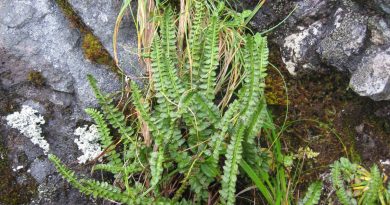NASA and German Aerospace Centre hold open house in Yellowknife
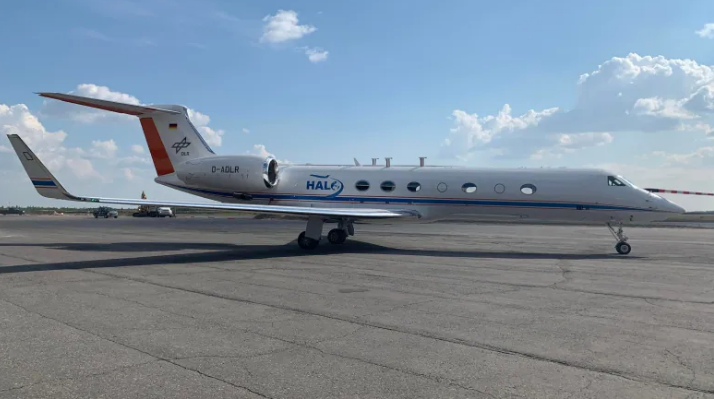
NASA and the German Aerospace Centre are both conducting research on climate change in Arctic regions, and they held an open house in Yellowknife on Tuesday afternoon to give people an opportunity to speak with research scientists and take tours of their aircrafts.
The NASA Boreal-Vulnerability Experiment, a decade-long project that began in 2015, is studying the “vulnerability” and “resiliency” of northern ecosystems. The project was delayed in 2020 and 2021 due to the pandemic but was able to return to the N.W.T. this year.
The German Aerospace Centre CoMet 2.0 Arctic mission will be in the North for six weeks to collect data on carbon dioxide and methane emissions.
Both projects have recently partnered together to coordinate flights and collect data.
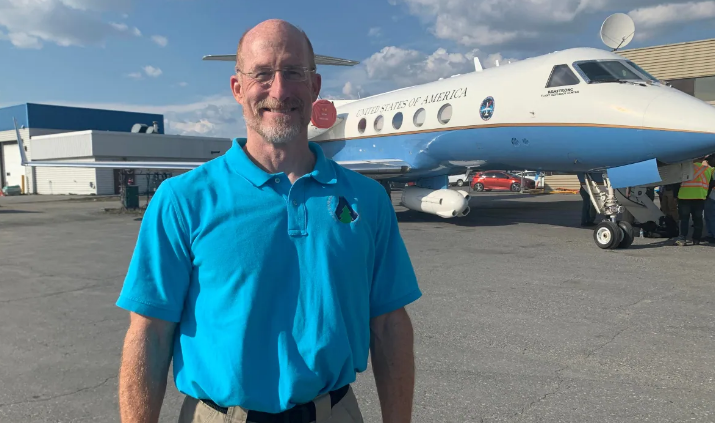
Charles Miller, a project lead on the NASA Boreal-Vulnerability Experiment, said that the project is investigating the boreal forest and tundra of western Canada and Alaska to determine whether or not we should expect dramatic differences in northern high latitude ecosystems due to climate change.
Miller said that northern temperatures have been increasing at a rate between 3 to 4 times faster than the rest of the world, and that rapid rises are projected to continue for the next 50 or 100 years.
He explained that the study is looking at the loss of permafrost, changes in snow and ice patterns, and other climate change factors to examine changes in northern vegetation, ecosystems, and animal movement.
“There’s a lot of question about whether a place like Yellowknife will continue to look like boreal forest or whether the prairies from the south might be slowly marching northward,” said Miller.
“How is that going to impact things like the bison or the caribou? And will these changes also affect the freshwater systems, and the types and numbers of fish that are found? These are all questions we’re trying to get an answer to,” he said.
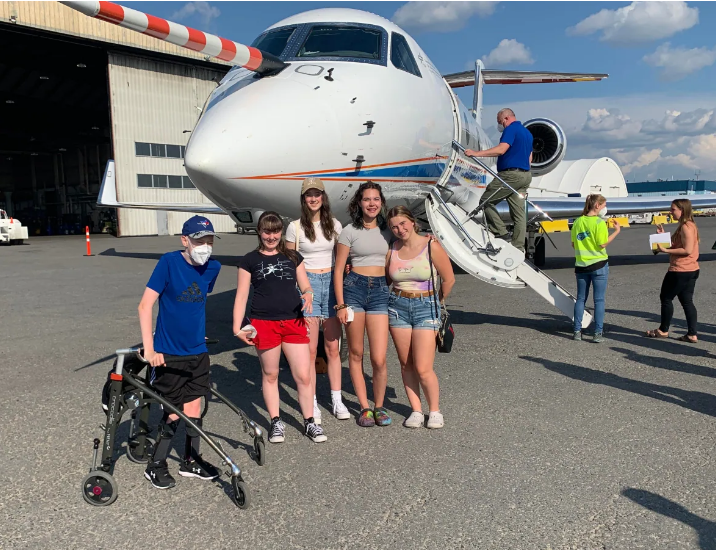
Miller added that the project has been working with Indigenous people and other local residents to gain some traditional knowledge of the landscape. “People who live and work on the land have been informing us of a lot of these things that we’ve subsequently studied with our scientific methods,” he said.
He described a “three-tiered approach” for the experiment, which includes measurements made with instruments on the ground, from aircrafts, and on satellites in space. “We’re just really beginning to scratch the surface,” said Miller, noting that measurements may be required over decades.
Measuring greenhouse gas emissions
Andreas Fix, a research scientist on the CoMet 2.0 mission, explained that the project will use various tools on the research aircraft HALO to measure carbon dioxide and methane. He called those the two most important “anthropogenic,” or human-caused, greenhouse gases that contribute to global warming.
The project also aims to improve current and future satellite missions to make it easier to track climate change.
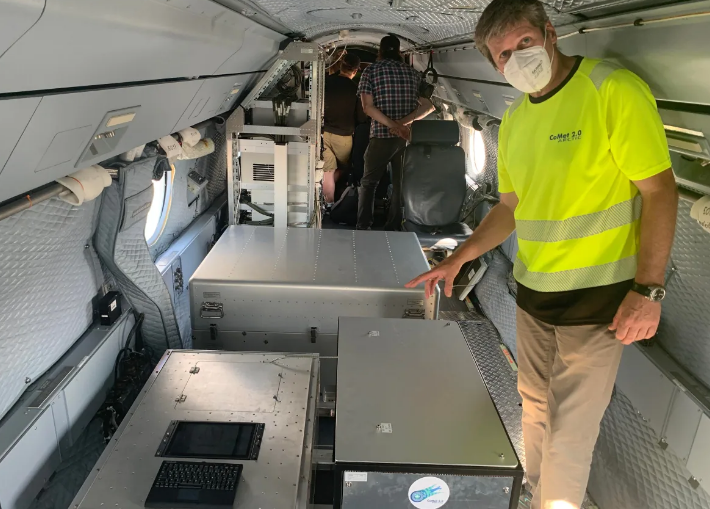
Fix said that it was important to conduct the experiment in the Arctic due to its vast wetlands, where methane emissions are high.
Their goal is to determine the amounts of carbon dioxide and methane in the atmosphere that have been created by human activity.
“We need to provide good information to the policymakers to reduce greenhouse gas emissions,” Fix said.
“And in order to do so, we have to really exactly know what part is manmade and what part is natural.”
Related stories from around the North:
Canada: Massive balloon examining black hole passes over Nunavut before landing in N.W.T., CBC News
Greenland: Climate change accelerating ice loss from peripheral glaciers, Eye on the Arctic
Norway: Will the green transition be the new economic motor in the Arctic?, Eye on the Arctic
Sweden: Sweden’s climate policies closer to reaching goals, Radio Sweden
United States: Bering Sea ice at lowest extent in at least 5,500 years, study says, Alaska Public Media



